Heat Reducing Exterior Coating
Ice Coat has been specially developed using advanced materials & technology, making it a high quality all- purpose heat insulation coating.
Area Of Application
§ Concrete, metal, fibre or timber surfaces
§ Roofings of residential & commercial complexes
§ Cold storages
§ Fuel & water tanks.
§
Features & Benefits
§ Heat insulation and energy saving coating
§ High solar reflectance
§ Excellent UV resistance
§ Higher thickness; hence longer life
§ Algae and fungus resistant
§ Waterproof and breathable
§ Nontoxic, water based system, thus Eco friendly
§ Corrosion resistant
Surface Preparation
§ Surface must be clean & sound, free from all dust, oil, grease & other contaminants. Remove all loose material withscrapper or stiff broom
§ Degrease the metal surface by washing down with detergent & prime all bare timber with wood primer.
§ Fill all the cracks up to 5 mm width with POWER FIX SBR or modified mortar
in case of width more than 5 mm on cementitious substrates
§ If the substrate temperature is high then cool it down by using water hose and allow the substrate to attain a saturatedsurface dry condition.
Application Procedure
§ Apply 2 coats of ICE COAT directly from the container, without thinning, over the primed surface. Stir wellbefore use.
§ ICE COAT can be applied on a prepared cementitious, metal or timber surface with an interval of 2 hrs.
§ On metal surfaces, prime the surface with an anti-corrosive primer
§ Depending on the porosity of surface, 1 KG can cover 3 sqm for one coat. Apply 2 coats to achieve a minimum DFTof 400 microns for optimum performance.
Precautions & Limitations:
§ Do not apply ICE COAT when temperature is below 10°C and above 55°C.
 Pricing Details
Pricing Details
 Product Specifications
Product Specifications












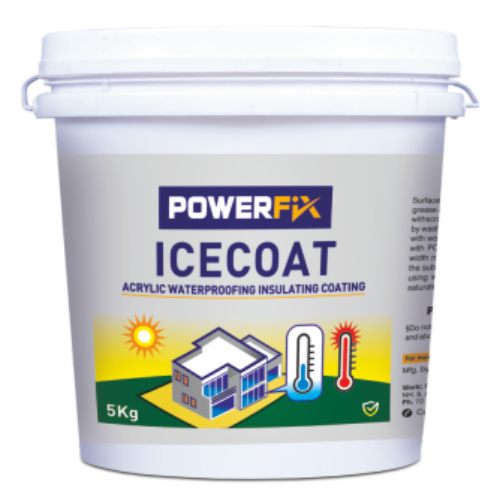
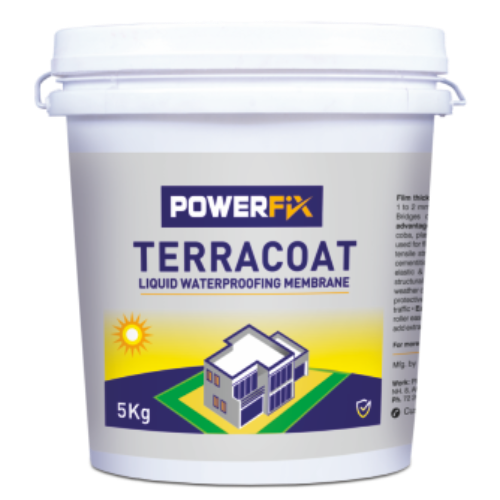
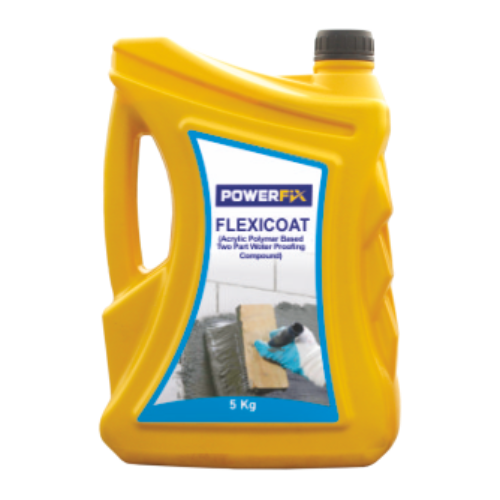
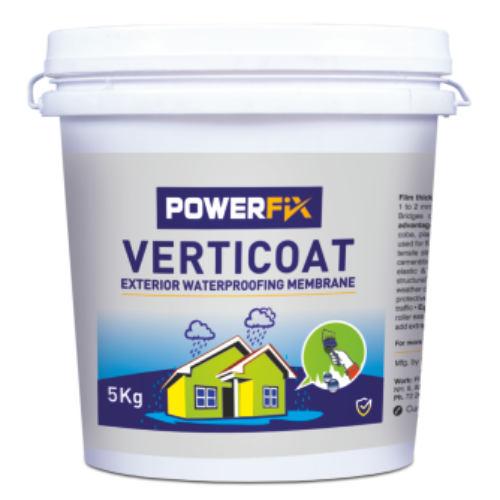
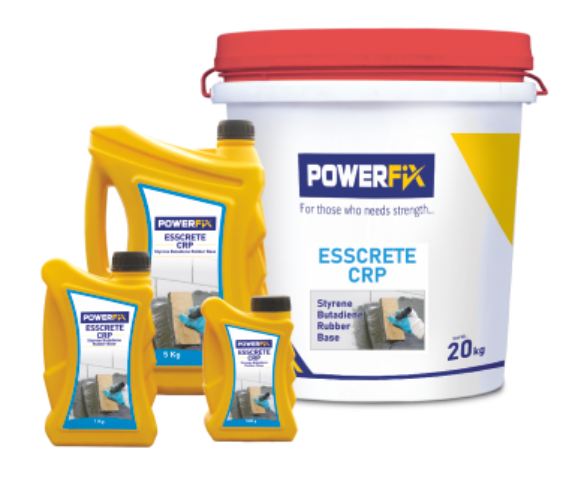
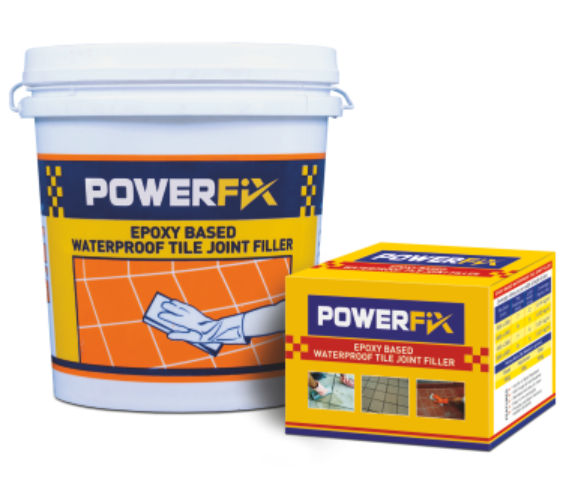
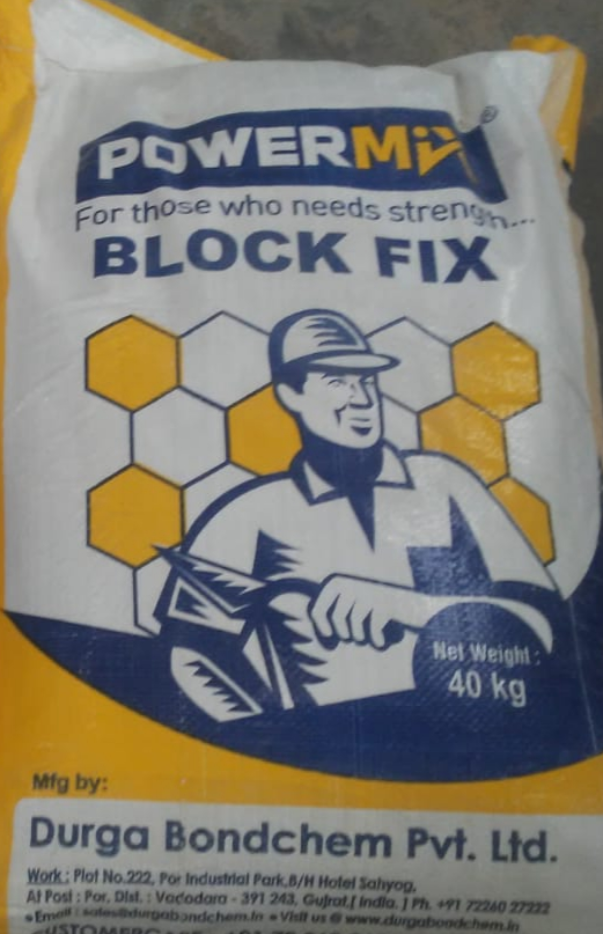
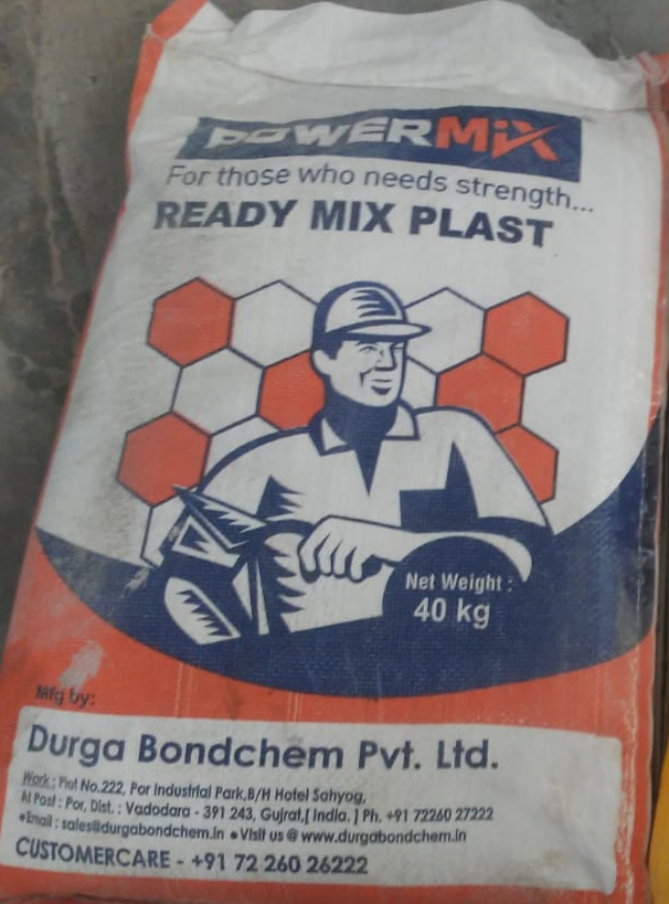
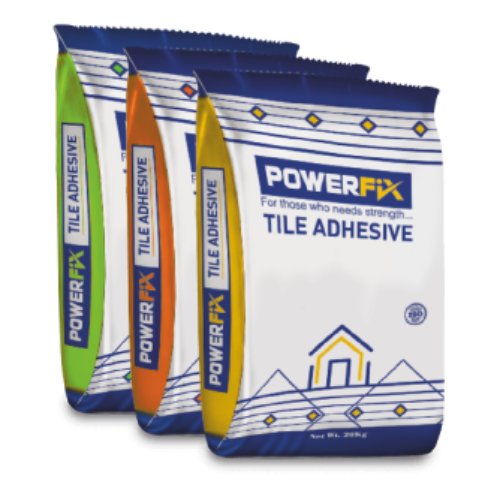
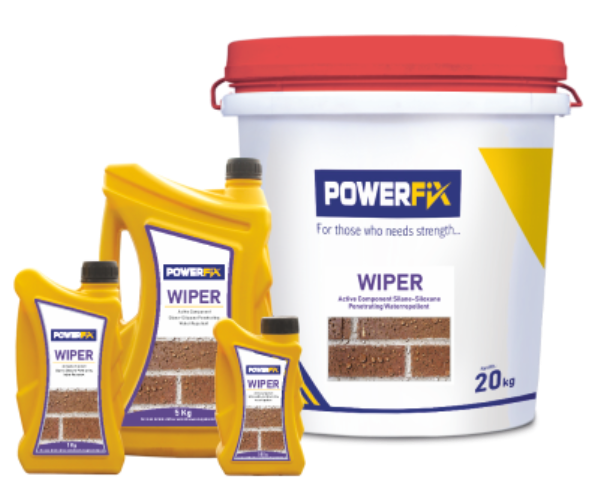
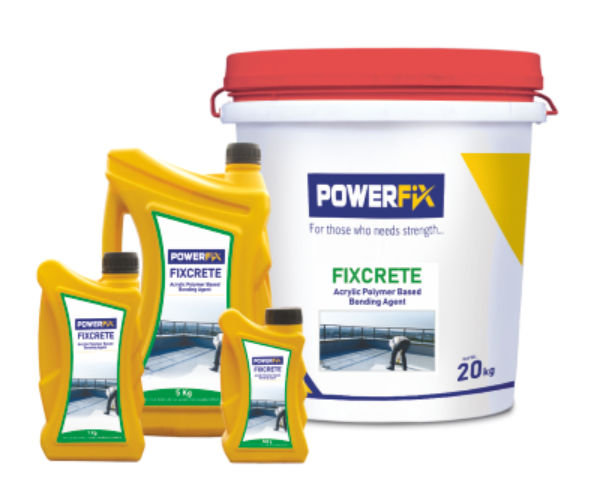
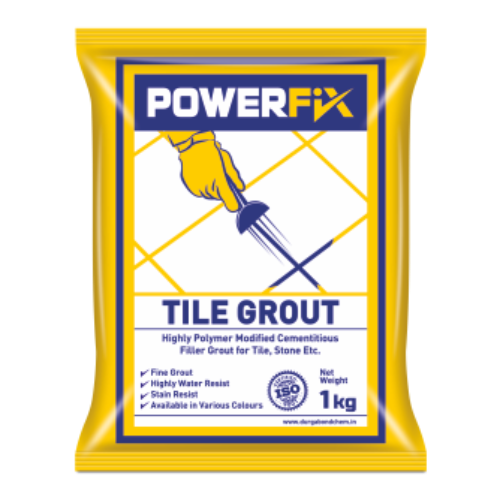
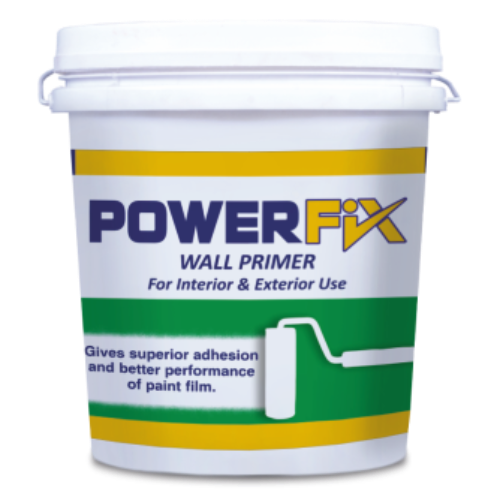
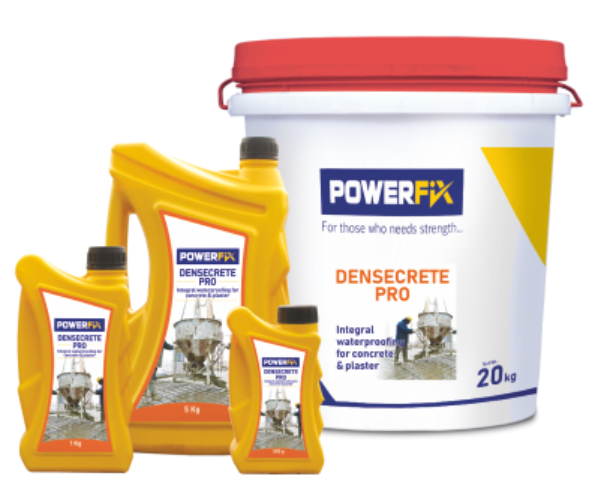






 Content library
Content library

 Know more about us
Know more about us
 Pricing Details
Pricing Details

 Our wide range of products and services
Our wide range of products and services
